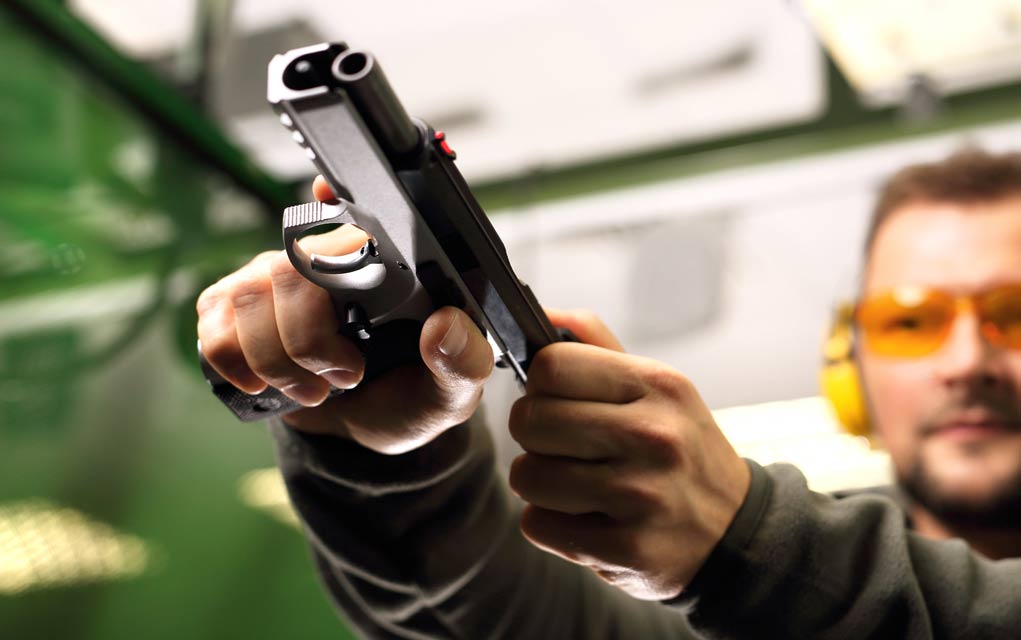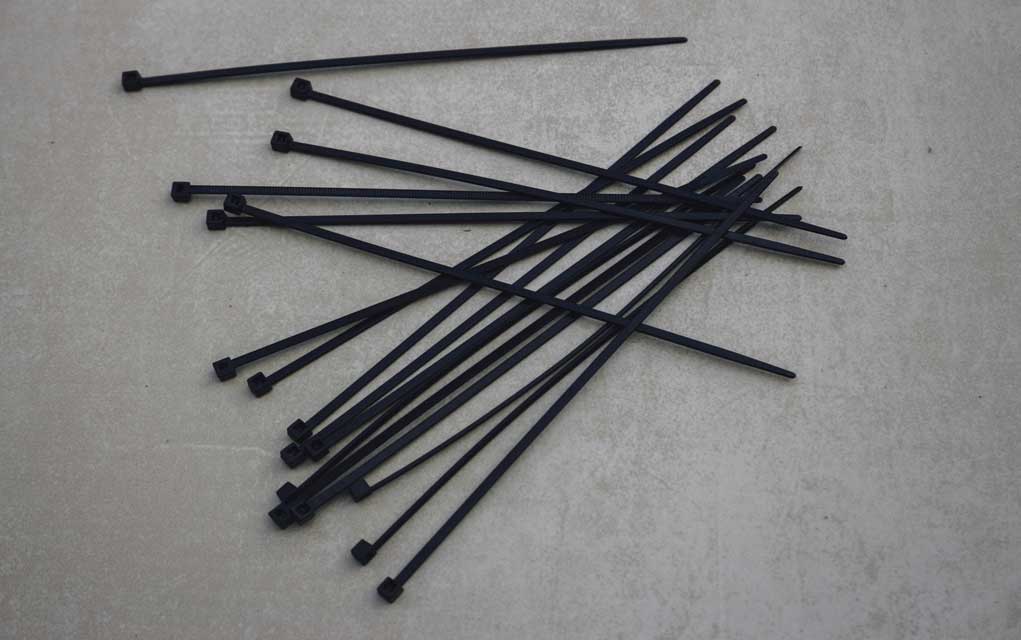(Modern Survival.org) – If You’re about to Go Underwater, What is the Best Way to Hold Your Breath?
- A Few Quick Breaths In and Out, then a Big One.
- One Large, Deep Inhale, then Hold.
- One Large, Deep Exhale, then Hold.
- Inhale Like Normal, then Hold Your Last Breath.
Answer: One Large, Deep Inhale, then Hold. Here’s why…
Most people have seen an action movie in which the hero is forced to swim a great distance to escape a dire fate. Before diving in, they quickly breathe in and out, suck in a large amount of air, then swim into the unknown.
However, this method of holding your breath is simply a Hollywood fantasy. In real life, it’s called hyperventilation — also known as breathing too quickly. And it’s not the right way to prepare for holding your breath in a survival situation. Even worse, it could be deadly.
What Happens When You Hyperventilate Before Going Underwater?
According to shallowwaterblackoutprevention.org, shallow water, or hypoxic, blackouts occur when a person faints from holding their breath underwater. The individual faints due to a lack of oxygen reaching the brain, which is deadly underwater.
Hyperventilating before a dive can increase the risk of a hypoxic blackout, as breathing quickly lowers the body’s carbon dioxide (CO2) level. Your CO2 level is what triggers the urge to breathe. It isn’t lack of oxygen that signals the brain that your body needs air — it’s actually your level of CO2.
Why a Hypoxic Blackout is Dangerous
In a normal drowning, the victim has between six and eight minutes to be resuscitated before brain damage begins to occur. But in a hypoxic blackout, when a victim has hyperventilated, their brain is already lacking oxygen. Therefore, the amount of time to resuscitate without brain damage is dramatically reduced. In as little as two and a half minutes, brain damage can occur.
Another problem with hypoxic blackouts is that as the brain loses oxygen, it can lead to a euphoric feeling. This makes the victim believe they can continue longer without breathing when they are literally in dangerous waters.
How to Avoid Hypoxic Blackout
The first step to avoiding a hypoxic blackout is to never hyperventilate before holding your breath. Holding one deep breath before going underwater is better than a quick series of shallow breaths followed by a deep one. If you feel the need to breathe, go to the surface and do it.
If possible, never go swimming alone. If something happens while you’re in the water, you may need help to survive.
For more information on dangers lurking in the water, check out our article on how to survive a shark attack.
~Here’s to Your Survival!
Copyright 2023, ModernSurvival.org













